Editors’ Picks




Found in Robotics News & Content, with a score of 18.89
…road scenarios that cannot be reliably detected by conventional perception platforms. To validate the sensors' effectiveness, exhaustive road testing must be successfully completed—requiring significant development time and expenses. With ANSYS, AEye empowers automotive manufacturers to potentially simulate driving situations across millions of miles in just days, minimizing physical prototyping. AEye is implementing ANSYS SPEOS and ANSYS VRXPERIENCE, a driving simulation tool with physics-based sensor models, into the design of AEye's iDAR—empowering customers to test and certify iDAR designs within a realistic virtual driving environment. AEye's automotive-grade iDAR combines deterministic and AI-driven perception to deliver detection and classification at high speed…
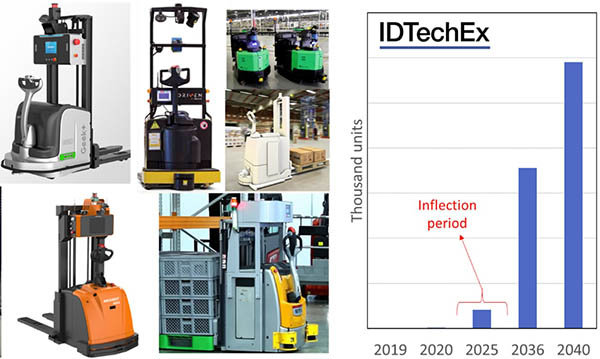
Found in Robotics News & Content, with a score of 6.63
…to go LIDAR-free, using stereo camera as the main perception-for-navigation sensor. This will require the development of camera-based algorithms for localization, object detection, classification, semantic segmentation, and path planning. These sidewalk robots are still far from being totally autonomous. First, they are often deployed in environments such as US university campuses where there is little sidewalk traffic and where the sidewalks are well-structured. Many robots are also restricted to daylight and perception-free conditions. Critically, the suppliers also have remote tele-operator centers. The ratio of operators to robots will need to be kept to an absolute minimum if such businesses are…
Found in Robotics News & Content, with a score of 10.14
…Sankar “Jay” Jayaram, CTO, Intel Sports ● Closing the Perception-Actuation Loop Using Machine Learning: New Perspectives and Strategies (Nov. 13, 9:15 a.m.-10:15 a.m.) Vincent Vanhoucke, principal scientist and director of robotics, Google ● Present State and Future Directions for Intelligent Vision-Based Collaborative Robots (Nov. 13, 4 p.m. - 5 p.m.) Henrik Christensen, Qualcomm Chancellor’s Chair in Robot Systems, professor of computer science at UC San Diego and director of the Institute for Contextual Robotic, UC San Diego; and co-founder, Robust.AI. Last year, CRAV.ai drew more than 500 attendees, including engineers and decision makers from companies like Google, Apple, Intel, Lockheed…
Found in Robotics News & Content, with a score of 20.74
…(AVs). ANSYS commissioned the survey to gauge global consumer perception of AVs and better understand expectations for the future of travel. In June, ANSYS unveiled a snapshot from this study of public attitudes toward autonomous aircraft. The release of the Global Autonomous Vehicles Report provides a detailed analysis of public perceptions, ANSYS says. The report confirms consumers have high expectations for autonomous capabilities and that consumers are comfortable with the idea of riding in autonomous cars and aircraft in their lifetime. Highlights from the report include: Consumer faith: 71% of global respondents believe autonomous cars are better at driving than…
Found in Robotics News & Content, with a score of 5.38
…Vision. ANSYS SCADE Vision reduces the cost of AV perception software testing, enhances safety and drives value from AV data. ANSYS SCADE Suite enhances features required for developing advanced automotive systems and the embedded software that controls these systems for autonomous vehicles. ANSYS 2019 R3 includes improved AUTOSAR support in SCADE for ISO 26262 certified code generation and software component design. ANSYS 2019 R3 includes multiple tool enhancements to ANSYS VRXPERIENCE Driving Simulator powered by SCANeR, ANSYS VRXPERIENCE HMI, ANSYS SPEOS and ANSYS HFSS SBR+. Updates to ANSYS VRXPERIENCE provide innovations in scenario simulation, sensors, sound simulations and virtual reality…
Found in Robotics News & Content, with a score of 14.45
Seventy percent of consumers say they are ready to fly in autonomous aircraft in their lifetime according to a comprehensive global consumer survey commissioned by ANSYS. ANSYS’ Global Autonomous Vehicle Study explores consumers’ comfort levels and concerns with self-flying aircraft. Through the survey, ANSYS measured consumer sentiment around the future of autonomous aircraft. Highlights of the survey include: Timeline for Adoption: While 70% are ready to fly in an autonomous plane in their lifetime, only 58% are willing to board a self-flying plane in the next decade. Twelve percent insist on waiting longer than 10 years. Consumer Fears: When asked…
Found in Robotics News & Content, with a score of 10.04
…“Bringing the Kinema team into Boston Dynamics expands our perception and learning capabilities while the Pick product accelerates our entry into the logistics market,” said Boston Dynamics founder and CEO Marc Raibert. “Beyond being a powerful tool for industrial robotic arms, Kinema technology will help our mobile manipulation robots tackle a wide variety of complex real-world tasks.” Pick joins Boston Dynamics’ recently upgraded Handle platform in addressing the logistics industry. Last week, Boston Dynamics released a video of Handle performing both multi-SKU palletizing and depalletizing to conveyor tasks. While development continues on Handle, Boston Dynamics plans to sell and support…
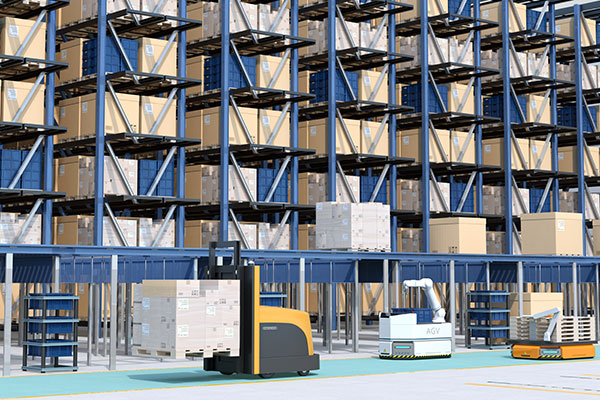
Found in Robotics News & Content, with a score of 4.89
…storage and retrieval tasks, and more. Technological advances in perception, processing power, and gripping have also expanded robotic capabilities for the DC. Advances in 3D vision technology are expediting and improving unloading and picking tasks, both of which consume large amounts of labor and resources in the typical warehouse. Making the right choice With a wide array of robotics options to select from, making the right choice for your operation is an important first step down the automation path. And because much of the data for these applications doesn’t even exist yet—and will need to be collected and understood—pilot programs…
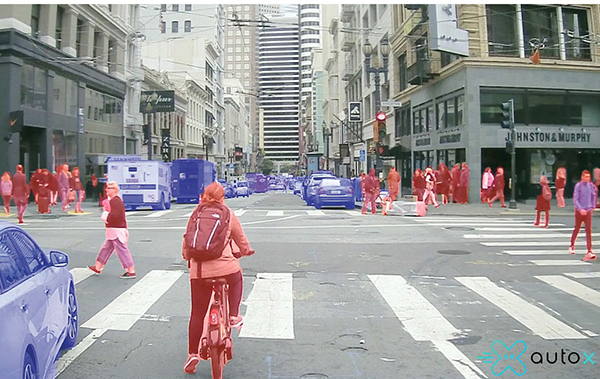
Found in Robotics News & Content, with a score of 7.81
…of computations on the inputs, interpreting sensory data through machine-perception algorithms. Each hidden layer trains on a distinct set of features, based on the previous layer’s output. During this process, the algorithms label and cluster raw input according to similarities among the example inputs. They then classify data when they have a labeled dataset to train with. The more hidden layers in the neural network, the more complex the features the network can recognize, ultimately constructing a more holistic and complete picture of conditions. Finally, in the third step—the output layer—the neural network provides output data—essentially the prediction or decision.…
Found in Robotics News & Content, with a score of 3.90
…for example, can be used for developing solutions for perception, navigation, manipulation and control in robotics systems. Developers can train and test robotics software using realistic virtual simulation environments. MathWorks added more deep learning enhancements to its latest releases of MATLAB and Simulink for designing and implementing deep neural networks and AI development. The Deep Learning Toolbox can be used to train deep learning networks for computer vision, signal processing and other applications. A Deep Network Designer app uses a drag-and-drop interface to help engineers build, visualize and edit deep learning networks. “If an engineer or data scientist wants to…
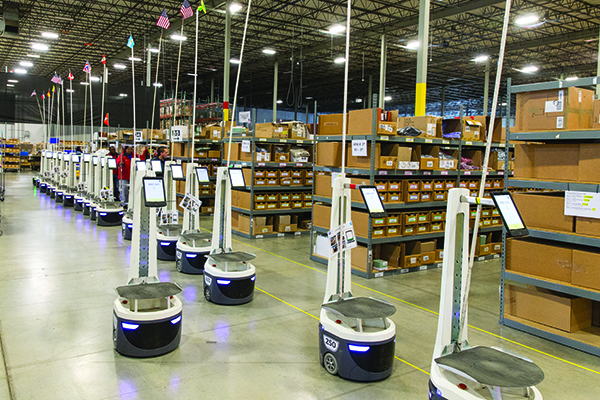
Found in Robotics News & Content, with a score of 3.81
…for the distribution team, it’s exciting to be on the leading edge of an emerging technology. “There is a perception that I think is accurate that GEODIS is on the front line of this technology,” says McDonald. “If we were to wait until the technology matures to adopt it, we’d be behind the curve.” Adds Stock: “We want to be on the cutting edge, and as a result, we’re creating new opportunities for our business, and for the people who work for us.” Learn more about how GEODIS implemented robotics to increase productivity and throughput.
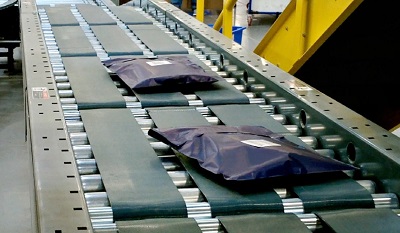
Found in Robotics News & Content, with a score of 7.48
…produced more than 650 inventions in over 20 years, with deep expertise in unmanned ground vehicles, autonomy, sensing and perception, machine learning, machine vision, operator assistance, 3D mapping and position estimation.



